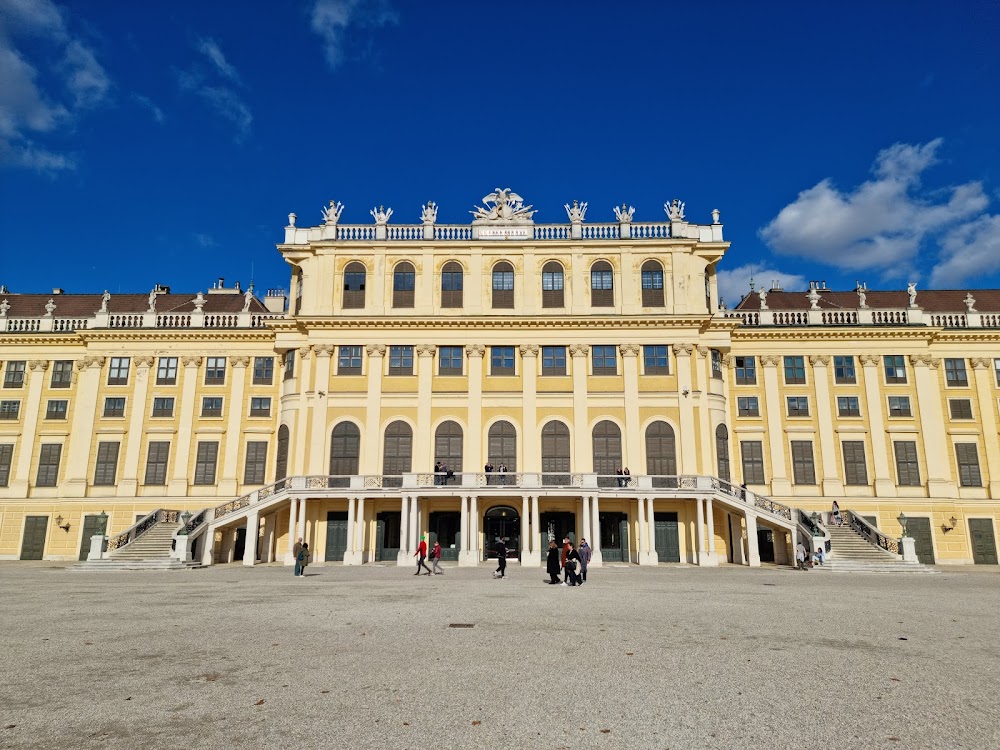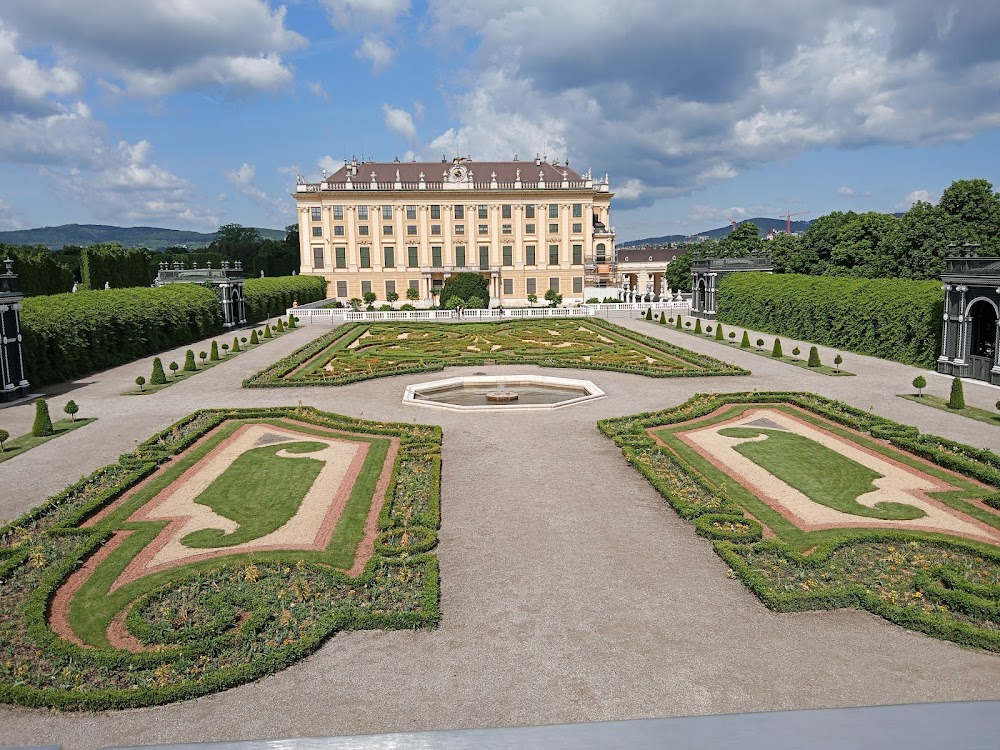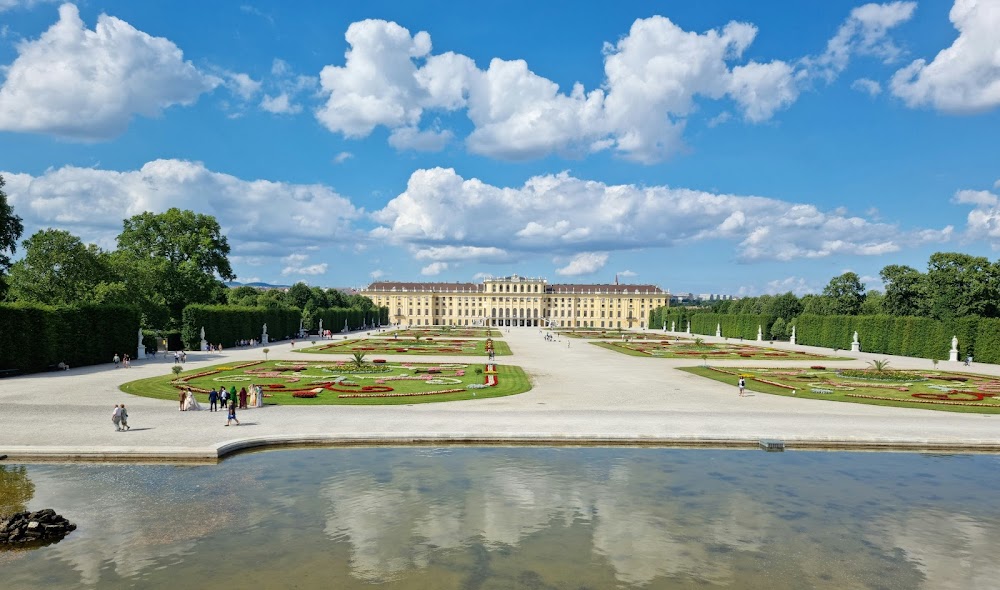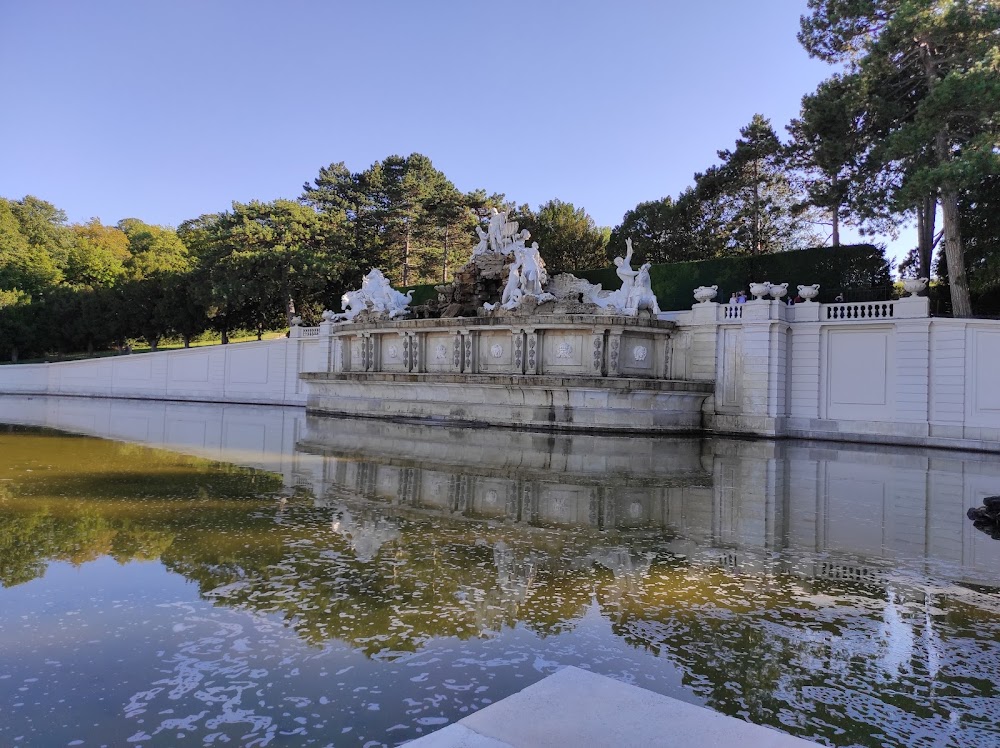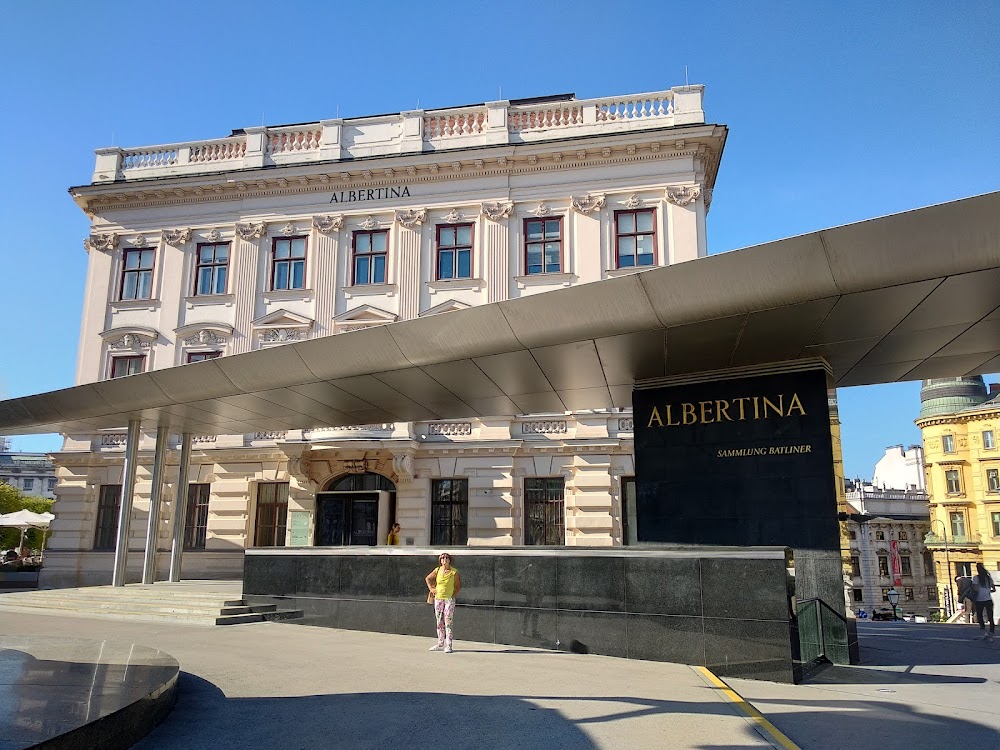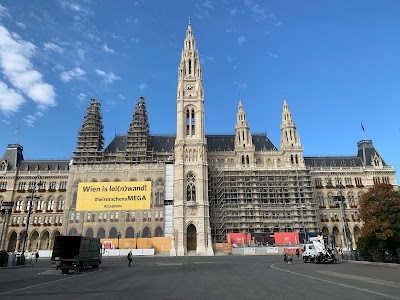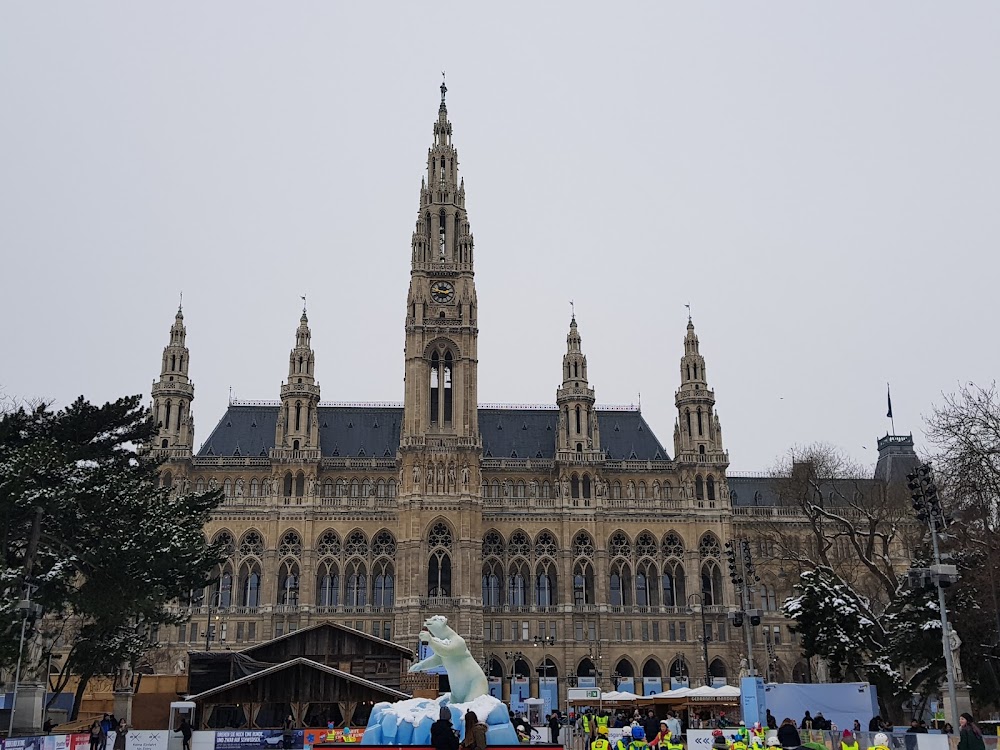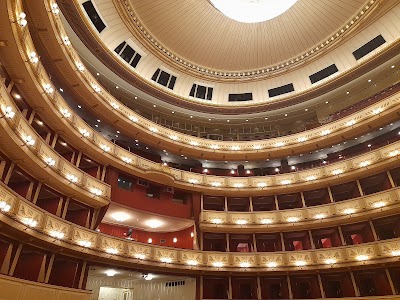Schönbrunn Palace (Schloss Schönbrunn)
Related Places
Overview
Schönbrunn Palace: A Jewel of Vienna
Nestled in the heart of Vienna, Austria, Schönbrunn Palace is a breathtaking embodiment of the Habsburg monarchy's grandeur. This magnificent structure, steeped in over three centuries of rich history, invites visitors to explore its remarkable transformations and expansions, making it a must-see destination for anyone interested in European heritage.
Historical Origins
The origins of Schönbrunn date back to the 16th century when the land was acquired by Holy Roman Emperor Maximilian II. Originally a hunting ground, the vision for Schönbrunn Palace as we know it began to take shape in the late 17th century. A pivotal moment in its history occurred when Emperor Leopold I commissioned the construction of a grand residence for his son, Joseph I, around 1696. Architect Johann Bernhard Fischer von Erlach was entrusted with the ambitious task of creating a Baroque design that would rival the opulence of Versailles.
Despite an earnest start, construction faced numerous challenges, leading to an incomplete version of the palace that only partially reflected Fischer von Erlach's grand vision. Financial constraints and shifting priorities halted the project temporarily. However, it was Maria Theresa, one of the Habsburg dynasty's most iconic rulers, who breathed new life into Schönbrunn in the mid-18th century, ultimately transforming it into the opulent palace we admire today.
The Transformation Under Maria Theresa
From 1740 to 1780, Schönbrunn underwent extensive redevelopment under the direction of Maria Theresa. She appointed architect Nikolaus Pacassi to oversee the renovations, which transformed the palace into a splendid summer residence adorned in the Rococo style. This era established Schönbrunn as a center of imperial power and cultural richness. The palace’s stunning interiors, including the Hall of Mirrors, the Great Gallery, and the exquisite Million Room, showcase elaborate designs with intricate wood paneling and priceless tapestries reflecting Maria Theresa's artistic vision.
Outside the palace, Schönbrunn's expansive grounds were meticulously redesigned to feature breathtaking gardens inspired by French formal landscapes. These included wide avenues, manicured lawns, and artistically arranged flowerbeds. In 1775, Maria Theresa commissioned the Gloriette, a magnificent triumphal arch that offers panoramic views of Vienna, symbolizing Habsburg glory. The gardens also proudly host the world’s oldest zoo, Tiergarten Schönbrunn, which opened its gates in 1752.
A Hub of Historical Significance
Schönbrunn Palace was not just an architectural marvel; it played a significant role in historical events, serving as a venue for important diplomatic negotiations and grand celebrations. During the early 19th century, Napoleon Bonaparte used the palace as his headquarters during his occupation of Vienna. Later, it became the residence of Emperor Franz Joseph I, born on the palace grounds in 1830, who would become one of Austria's longest-reigning monarchs, guiding the Austro-Hungarian Empire through a pivotal era.
Even after the Habsburg dynasty's fall following World War I, Schönbrunn retained its cultural significance. It was transformed into a museum, opening its doors to the public and allowing future generations to experience its opulence and historical depth. Although parts of the palace suffered damage during World War II, meticulous restoration efforts in the post-war period have preserved its splendor for visitors today.
A UNESCO World Heritage Site
Recognized as a UNESCO World Cultural Heritage site, Schönbrunn Palace is one of Vienna's most visited landmarks. Featuring 1,441 rooms that reflect a variety of historical eras and artistic styles, from Baroque and Rococo to neoclassicism and Biedermeier, the palace offers a captivating glimpse into Austria's imperial past.
The tradition of hosting grand events continues with the annual Schönbrunn Palace Concerts, attracting music lovers from around the globe. Beyond its historical significance, the palace and its gardens serve as a tranquil oasis for visitors, blending the richness of European history with the serene beauty of meticulously preserved landscapes.
In summary, Schönbrunn Palace, with its opulent architecture and compelling narrative, continues to mesmerize and educate, standing as a lasting symbol of Austria’s imperial legacy and cultural heritage. Whether you're a history enthusiast, an architecture aficionado, or simply seeking a picturesque escape, Schönbrunn is sure to leave an indelible mark on your journey through Vienna.


